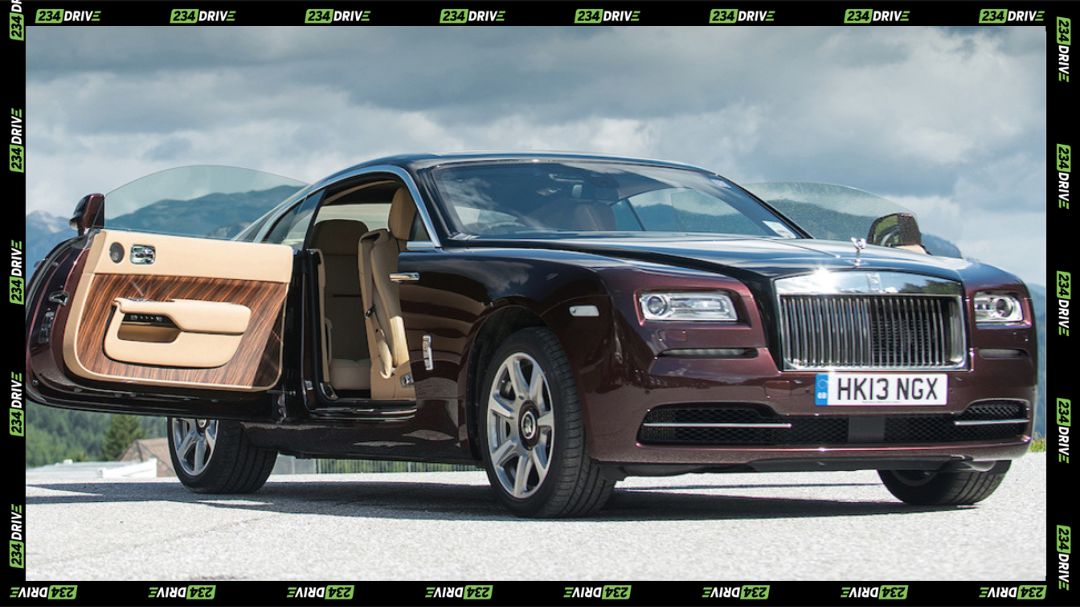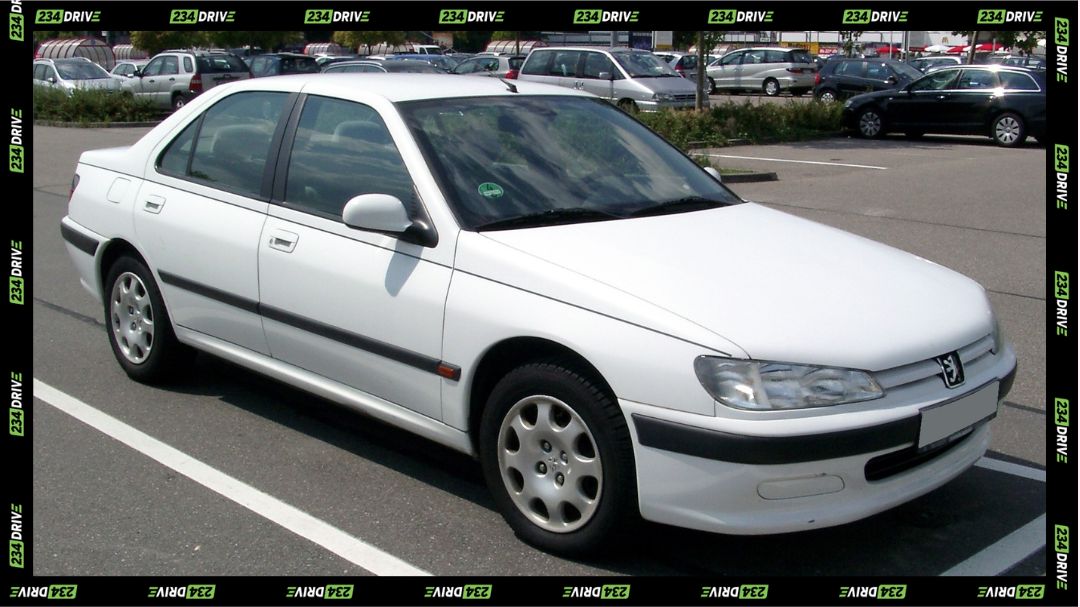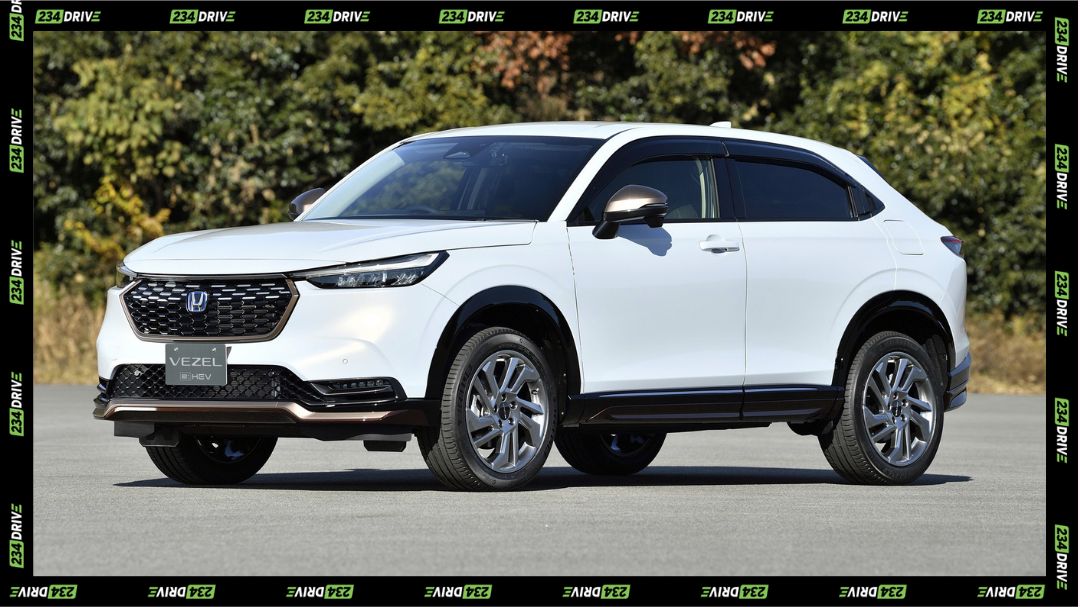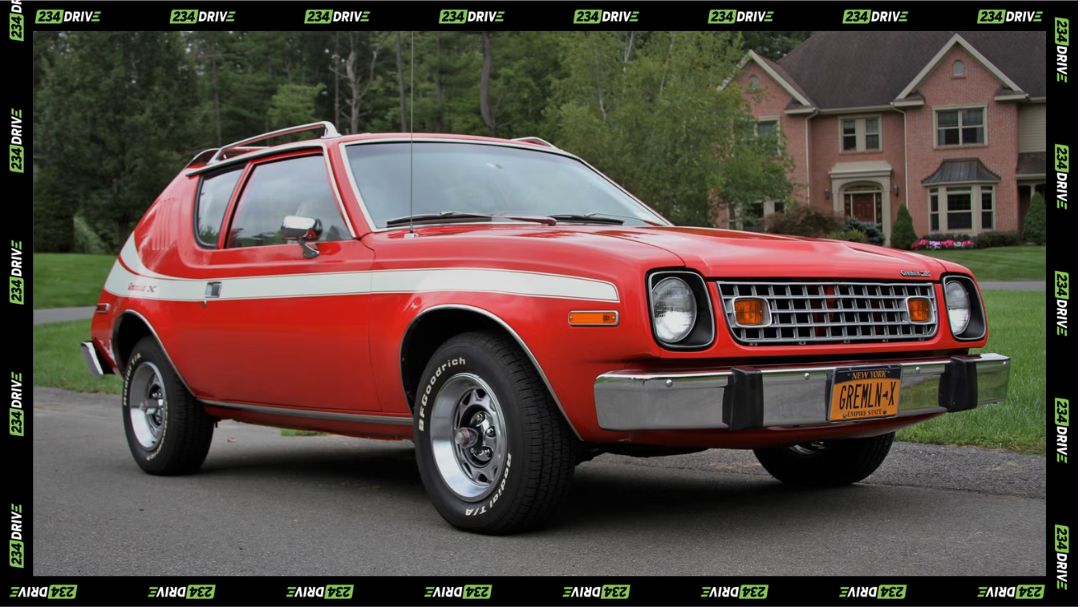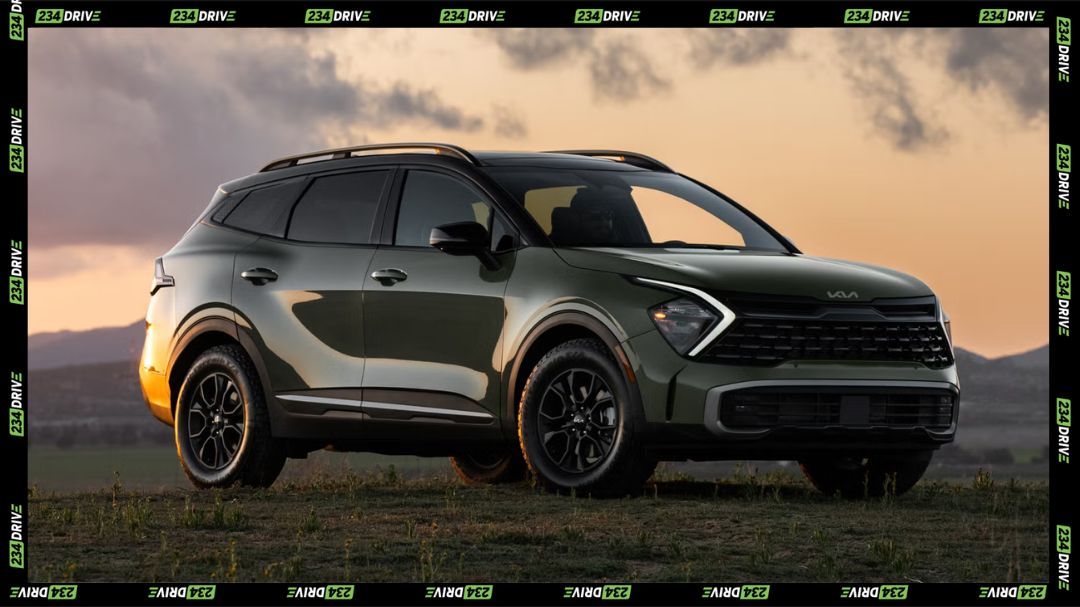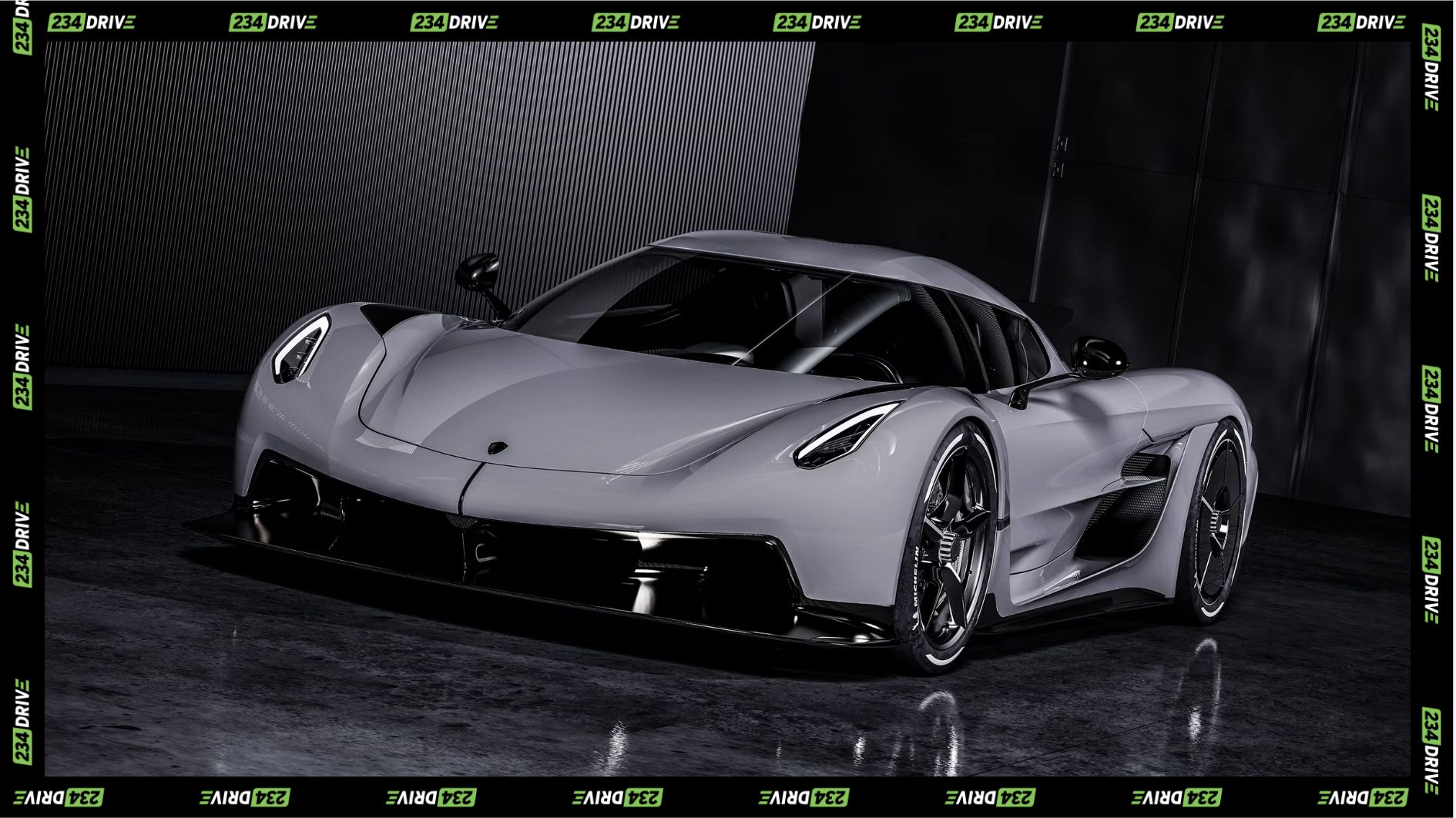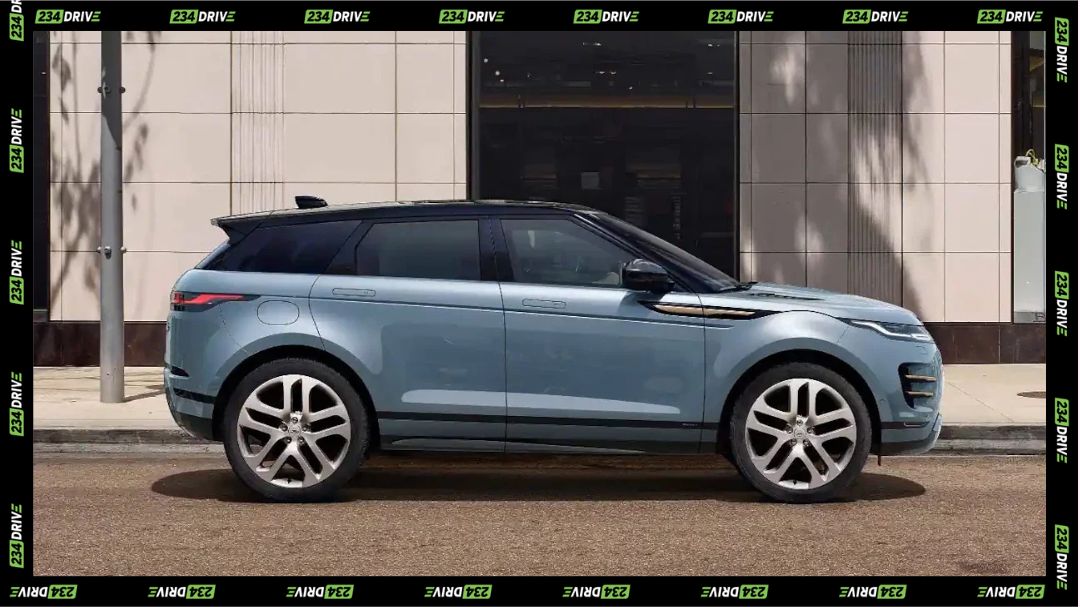The Rolls-Royce Wraith remains one of the most recognisable luxury coupes of the last decade. Produced between 2013 and 2021, it represented a bold evolution of the brand’s identity, blending heritage craftsmanship with a more dynamic, performance-driven profile. Publicly, the Wraith cemented Rolls-Royce’s ability to create a car that was both powerful and refined, making it a favourite among luxury buyers who valued exclusivity and individuality.
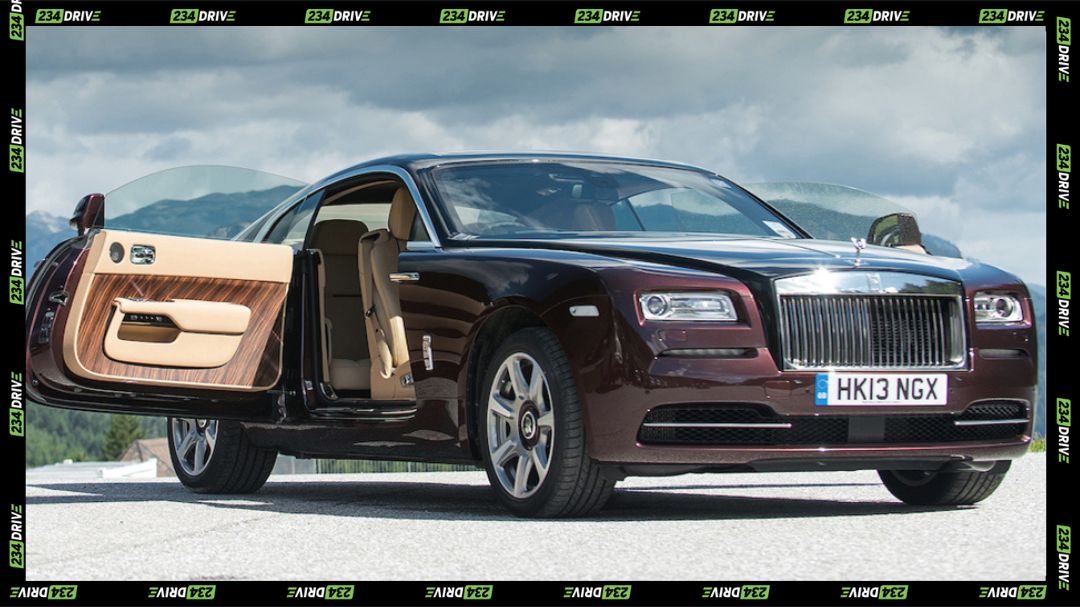
Beyond its reputation, the Wraith has become an important model in the legacy of modern Rolls-Royce. It introduced new technologies, showcased striking design, and demonstrated that comfort and power can coexist at the highest levels of luxury motoring. In 2025, it continues to attract enthusiasts and collectors, especially in markets where prestige and craftsmanship carry immense weight.
Exterior Design and Road Presence
The Wraith distinguishes itself with a sleek fastback silhouette, rear-hinged coach doors, and the iconic Spirit of Ecstasy. Its sculpted bodywork conveys a sense of motion even at a standstill, while details such as polished chrome accents and flawless paintwork underscore the brand’s commitment to artistry. The coupe’s presence on the road is commanding, blending aggression with traditional Rolls-Royce elegance.
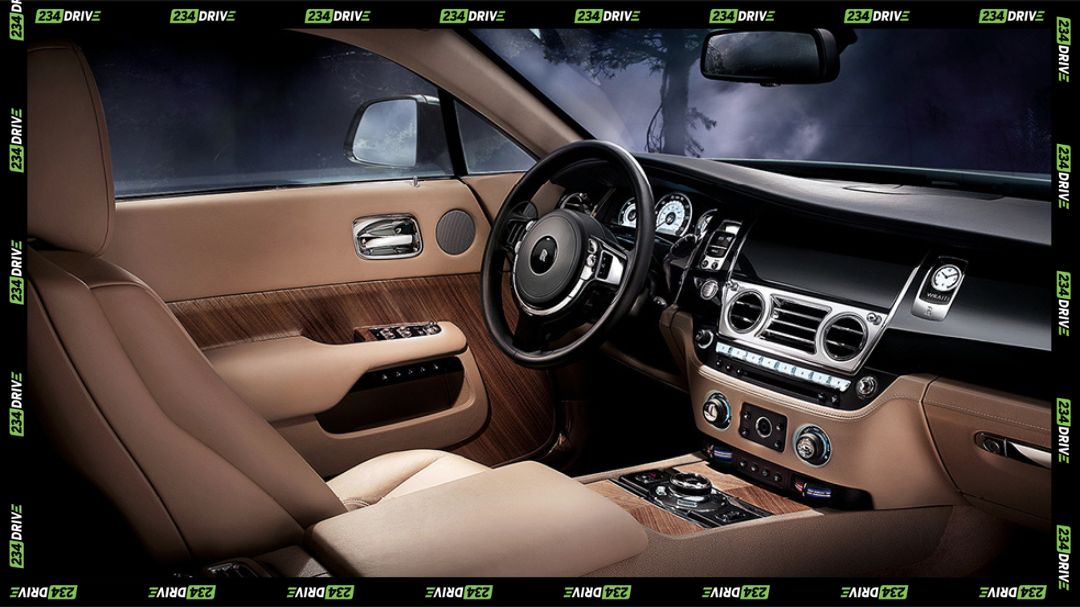
Every design choice reinforces exclusivity. From the wide stance to the carefully proportioned roofline, the Wraith delivers a striking balance of modern performance styling and regal heritage. For buyers in 2025, it remains one of the most visually distinctive grand tourers ever produced.
Interior Craftsmanship and Performance
Inside, the Wraith offers a cabin that prioritises comfort and luxury without compromise. Hand-stitched leather, bookmatched wood veneers, deep-pile carpets, and bespoke detailing define the interior. The optional Starlight headliner remains a signature feature, creating a sense of theatre with fibre-optic lighting that mimics a night sky.
Beneath its refined surface lies a 6.6-litre twin-turbo V12 producing up to 632 horsepower in later trims, paired with an eight-speed automatic transmission. Acceleration to 60 mph takes just over four seconds, delivering sports-car levels of performance in a car weighing more than 5,300 pounds. The Satellite Aided Transmission anticipates gear changes based on GPS data, ensuring seamless power delivery.
Everyday Experience
The Wraith was designed for effortless grand touring rather than track precision. Road imperfections are absorbed with ease, cabin noise is minimal, and long-distance cruising feels effortless. Steering is light at city speeds yet stable on highways, offering a refined driving experience. While body roll and muted steering feedback remind drivers it is not a sports car, its strength lies in comfort and composure.
Practicality remains limited by its coupe form, with reduced rear headroom and tight rear seating. However, a generous 17-cubic-foot boot adds usability. Fuel economy is predictably poor, with an average of 12–18 mpg, and maintenance costs are high due to the brand’s bespoke nature.
Relevance in Key Markets
In regions such as Nigeria, the Middle East, and Europe, the Wraith symbolises wealth, prestige, and refined taste. Harsh road conditions, high fuel costs, and limited availability of specialised maintenance restrict everyday use, but ownership is more about status and craftsmanship than practicality. Buyers often keep the Wraith as part of a wider collection rather than a daily driver.
Climate and infrastructure play roles as well. The car’s powerful V12 thrives on high-quality fuel, while its luxury finishes demand controlled environments for preservation. For markets with growing luxury appetite, the Wraith serves as a marker of success and exclusivity.
Rival Comparisons
Against the Bentley Continental GT, the Wraith offers greater refinement and presence but less driver engagement. Compared to Ferrari’s GTC4Lusso or other performance-oriented GTs, it focuses on comfort over agility. The Wraith’s resale value is supported by its rarity and Rolls-Royce brand strength, though its high running costs make it more demanding to own.
Durability and service support vary globally. Bentley benefits from a broader dealer network and lower costs, while Ferrari appeals to those chasing sharper handling. The Wraith’s appeal lies in its singular blend of power, craftsmanship, and presence, which few rivals can replicate.
Conclusion
The Rolls-Royce Wraith stands as one of the most distinctive luxury coupes of the modern era. With bold design, handcrafted interiors, and formidable V12 power, it appeals to buyers seeking exclusivity over convenience. While expensive to own and operate, its prestige, presence, and craftsmanship ensure lasting significance.
For collectors and enthusiasts in 2025, the Wraith is less about practicality and more about making a statement. Would you choose the Wraith over rivals like Bentley or Ferrari?


